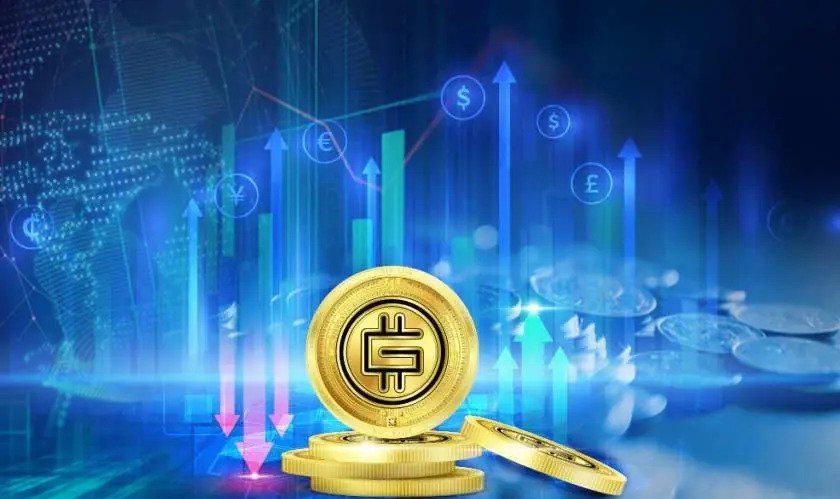Introduction:
In the dynamic landscape of technological innovation, one concept has been gaining significant traction in recent times—the Global Token Exchange (GTE) technology. As the world moves towards a more interconnected and digital future, the role of GTE technology in revolutionizing transactions and financial ecosystems cannot be overstated. In this article, we will delve into the intricacies of GTE technology, exploring its origin, functionalities, and the transformative impact it holds for the global economy.
Understanding Global Token Exchange Technology:
Global Token Exchange technology, commonly referred to as GTE, is a decentralized system designed to facilitate the exchange of digital assets securely and efficiently. At its core, GTE leverages blockchain technology—a distributed ledger that records transactions across a network of computers in a secure and transparent manner. Unlike traditional centralized systems, GTE operates on a peer-to-peer network, eliminating the need for intermediaries and providing users with greater control over their digital assets.
The Genesis of GTE:
The roots of GTE technology can be traced back to the rise of blockchain and cryptocurrencies. The introduction of Bitcoin in 2009 marked the beginning of a new era, showcasing the potential of decentralized digital currencies. As blockchain technology evolved, so did the concept of tokenization—the process of converting real-world assets into digital tokens. GTE emerged as a natural progression, aiming to create a global platform for the seamless exchange of these digital tokens.
Key Features of GTE Technology:
- Decentralization: At the heart of GTE lies the principle of decentralization. Traditional financial systems are often plagued by a centralized authority, leading to issues such as censorship, single points of failure, and limited accessibility. GTE eliminates these concerns by distributing control across a network of nodes, ensuring a more resilient and transparent system.
- Smart Contracts: GTE incorporates smart contracts, self-executing contracts with the terms of the agreement directly written into code. These contracts automate and enforce the execution of predefined rules, reducing the need for intermediaries and enhancing the efficiency of transactions.
- Interoperability: One of the key strengths of GTE is its interoperability. By leveraging standardized protocols and open-source frameworks, GTE allows for seamless integration with various blockchain networks. This interoperability fosters collaboration and innovation, paving the way for a more interconnected global financial ecosystem.
- Tokenization of Assets: GTE enables the tokenization of a wide array of assets, including real estate, stocks, and commodities. This process involves representing these assets as digital tokens on the blockchain, making them more divisible, transferable, and accessible to a global audience.
- Security and Immutability: The use of cryptographic techniques ensures the security of transactions on the GTE platform. Once recorded on the blockchain, transactions become immutable, meaning they cannot be altered or tampered with. This not only enhances the integrity of the system but also instills trust among users.
Transformative Impact on the Global Economy:
- Financial Inclusion: GTE has the potential to significantly enhance financial inclusion by providing access to financial services for individuals who are currently underserved or excluded from traditional banking systems. The decentralized nature of GTE allows users to participate in the global economy without the need for a traditional bank account.
- Reduced Transaction Costs: The elimination of intermediaries, coupled with the automation of processes through smart contracts, leads to a substantial reduction in transaction costs. GTE provides a more cost-effective alternative to traditional financial systems, particularly in cross-border transactions.
- Increased Liquidity: The tokenization of assets on the GTE platform enhances liquidity by allowing fractional ownership. This means that high-value assets, such as real estate or fine art, can be divided into smaller, tradable tokens, making them accessible to a broader range of investors.
- Efficient Cross-Border Transactions: GTE has the potential to revolutionize cross-border transactions by providing a faster and more cost-effective alternative to traditional payment systems. The decentralized nature of GTE eliminates the need for multiple intermediaries and minimizes the time required for fund transfers.
Challenges and Considerations:
While GTE holds immense promise, it is essential to acknowledge the challenges and considerations associated with its widespread adoption. Regulatory uncertainties, scalability issues, and the potential for misuse are among the factors that need careful attention. As the technology continues to evolve, collaborative efforts between industry stakeholders, regulators, and innovators will be crucial in addressing these challenges and fostering a conducive environment for the growth of GTE.
Conclusion:
Global Token Exchange technology represents a paradigm shift in the way we conceptualize and engage in financial transactions. Its decentralized, secure, and interoperable nature positions GTE as a powerful catalyst for transforming the global economy. As we navigate the complexities of the digital age, the adoption of GTE technology has the potential to reshape the financial landscape, fostering inclusivity, efficiency, and innovation on a global scale. As we stand on the precipice of a new era, the journey of GTE technology is one that promises to redefine the future of transactions.




